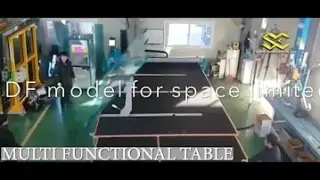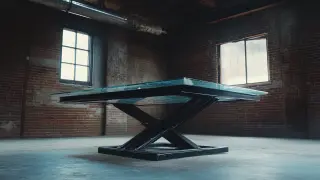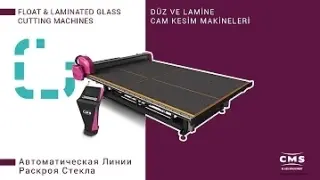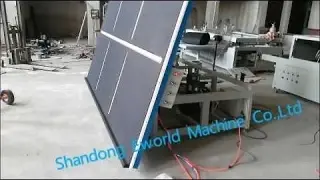The recent advances in glass processing have indeed been quite significant. The introduction of sophisticated technologies has made precision and efficiency the hallmark of the industry's growth today. Currently, MarketsandMarkets just released news that talked about the expected growth of glass processing globally, which will now reach USD 32.45 billion by 2026. It is anticipated to grow at a compound annual growth rate of 5.2%. The effect of such growth will be evident because of the increasing requirements for glass products and, hence, the needed tools that will meet such demand. The prime innovation in this area is Automatic Glass Cutting Machine. It provides very sophisticated automation in the process of production, making it more precise and less wasteful than ever before.
We are Shandong Eworld Machine Co., Ltd., and since our inception in 2014, we have been pioneers in the advancement of all such technologies. Being a high and new technology enterprise, we deal in making a variety of equipment for automatic glass machines, such as Automatic Glass Cutting Machine, laser engraving machines, and additional specialized machines for bending the curved toughened glass. Innovation, as I said, is not and has never been about products alone; it is about improving the operational efficiency of our clients as they compete in the today fast-evolving markets.
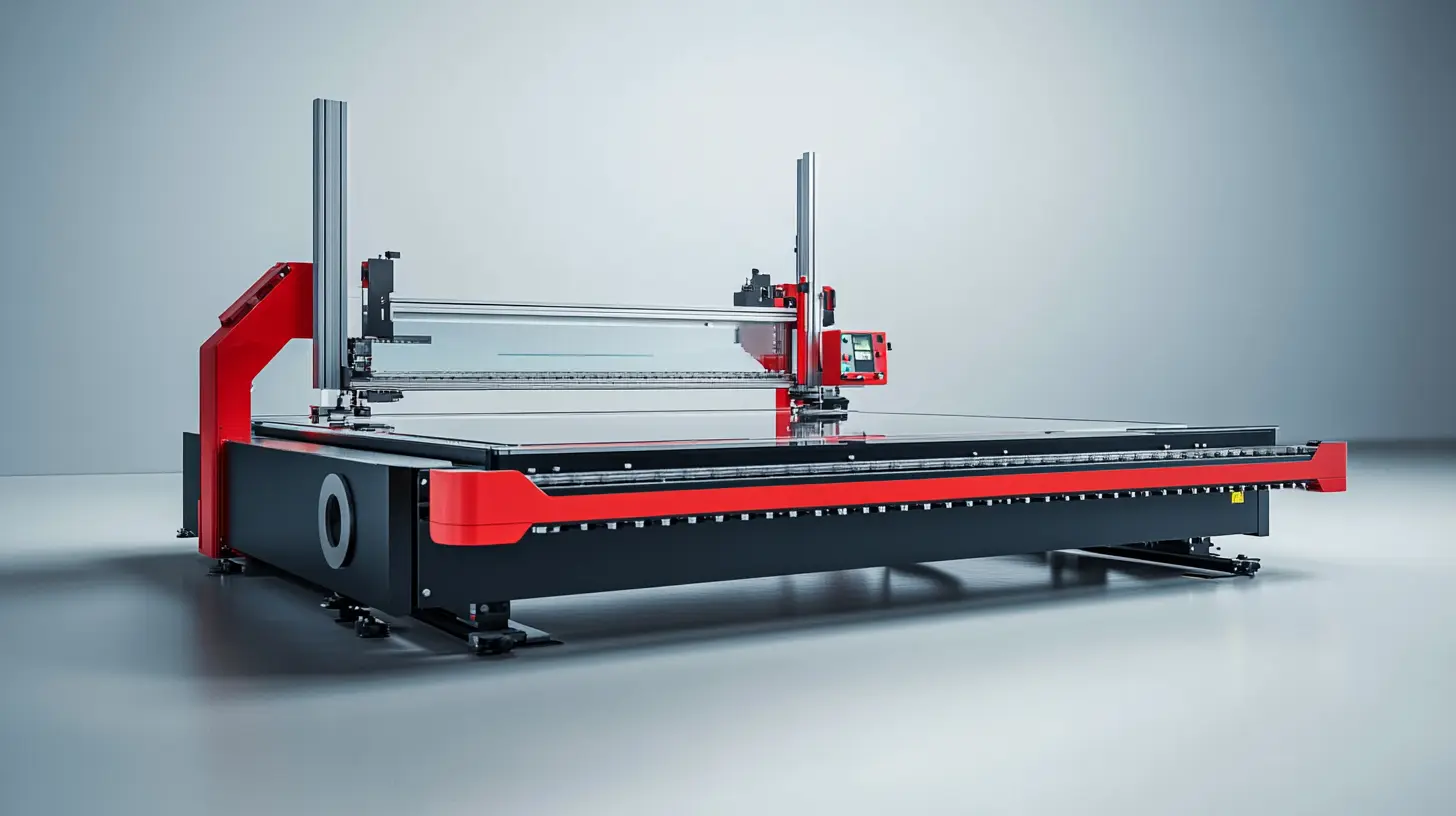
Revolutionizing Glass Processing: The Need for Precision Cutting Technology
The glass processing industries undergo unbelievably changes with the requirements of precision cutting technology. As stated in a recent report published by MarketsandMarkets, the worldwide glass processing market is anticipated to rise from 26.78 billion US dollars in 2021 to 37.60 billion dollars by 2026, with an average growth rate of around 7.2 percent over the years. The increased growth marks that this is the time when need for high-precision glass in areas: The new advanced automatic glass cutting machines are bringing changes in the processing of glass. These machines use technologies ranging from laser cutting to CNC (Computer Numerical Control) systems to achieve the impossible accuracy. A report by Grand View Research estimates that by 2025, laser cutting technology alone would account for more than 35% of the market share in glass processing. Such major improvements enhance productivity while reducing the amount of wastage thus having a significant contribution in sustainability in the industry. Besides, there's impetus by changing consumer attitudes towards the demand for glass solutions that will reflect personalization; Glass Magazine did a study showing that 75 percent of respondents indicated a preference for building companies that offer bespoke glass products, emphasizing the need for accuracy to meet different customer specifications. Deliberate adoption of these new cutting technologies would give manufacturers the upper edge for high quality and services in a demanding market.
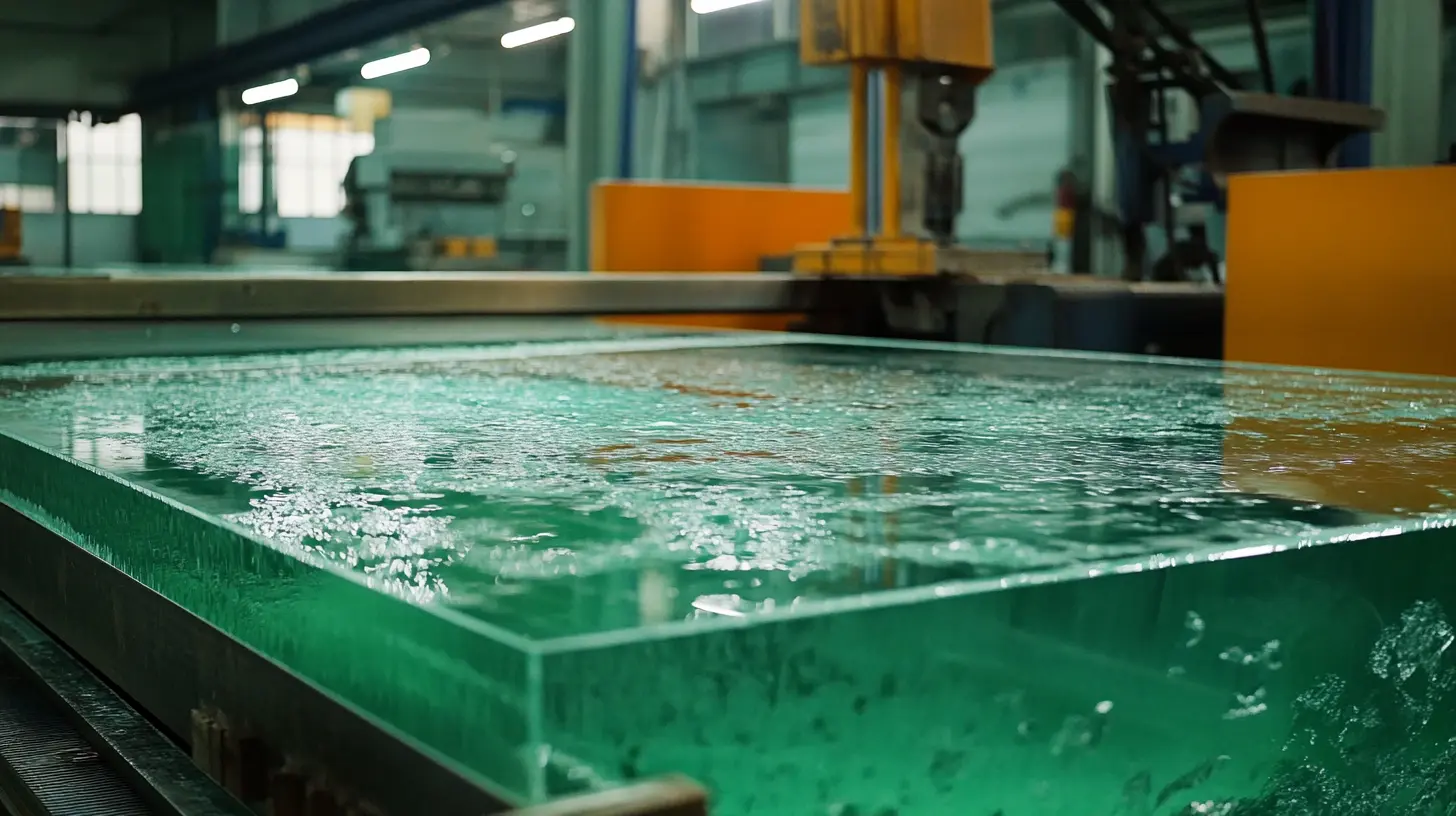
Key Features of Advanced Automatic Glass Cutting Machines
Automatic glass-cutting machines of the highest orders are setting new standards in glass processing by bringing together precision, efficiency, and easy-to-use features. Perhaps one of the main specifications of these machines is the possibility of executing difficult cutting patterns with pinpoint accuracy. Using state-of-the-art software algorithms and high-resolution cameras to optimize cutting paths, the machine will, with very little wastage, ensure that maximum yield from every glass sheet is attained. Therefore, this accuracy factors in greatly in reducing the manufacturer's costs while offering products complying with stringent quality specifications.
The other major capability is automation procedures like robotic arms and conveyor systems. These improvements facilitate a smooth-flowing production process, increasing output and cutting down labor costs in a drastic fashion. Automated glass handling accelerates the cutting process as well, minimizing the chance of human error. The cutting process allows operators to maintain tight tolerances in real time with continuous verification, ensuring that results within the tolerance level are repeatedly achieved within each batch.
In addition, many state-of-the-art automatic glass cutting machines incorporate advanced safety features like sensors to detect the presence of operators and emergency stop functions, which ensure a safe surrounding. Feature-rich, the machines come with user-friendly interfaces, making them easy to work with even for individuals without much technical know-how. As the industry advances, these major features present in advanced automatic glass cutting machines establish robot quality standards and efficiency for glass processing.
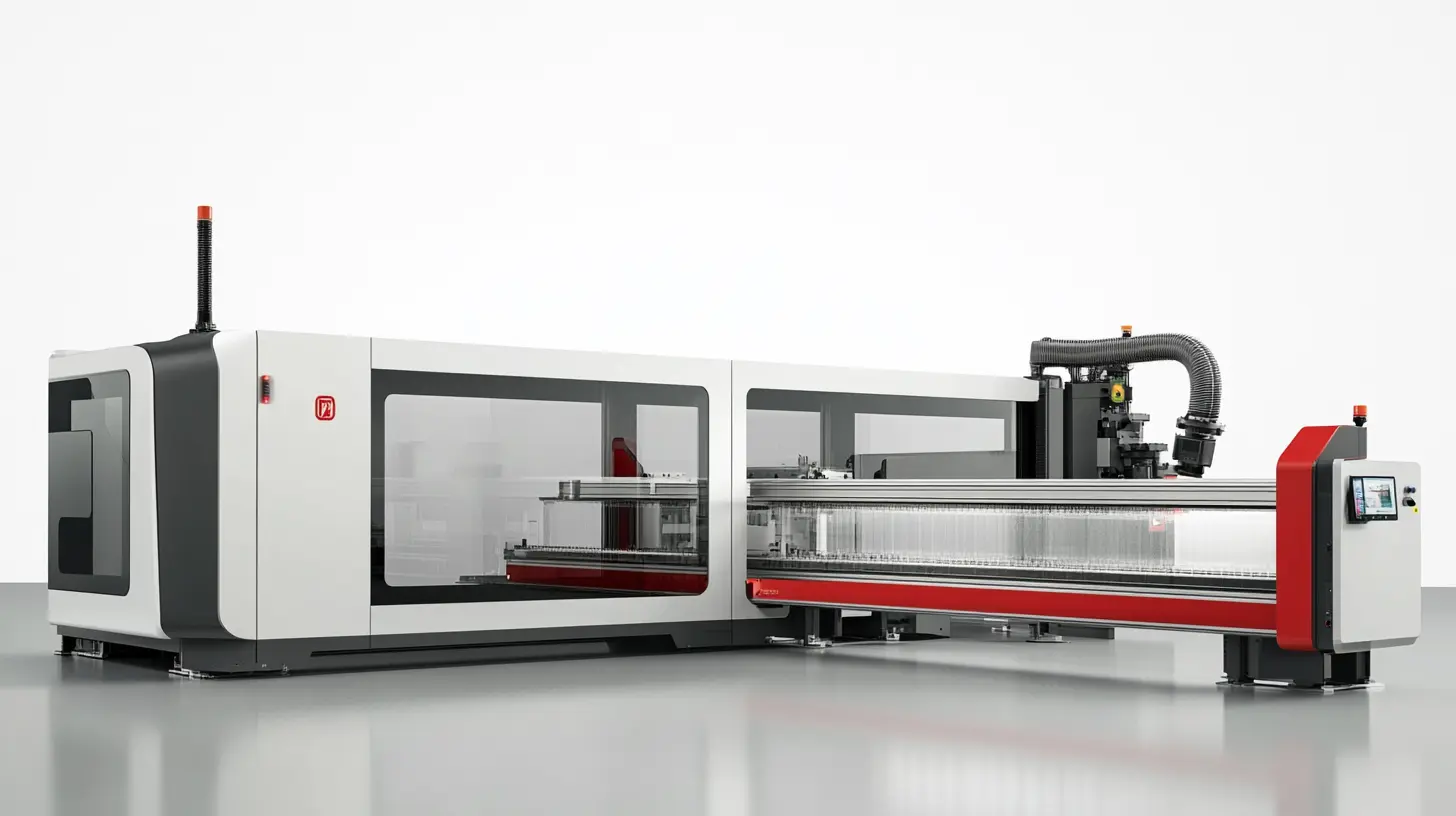
Understanding the Technical Specifications That Impact Performance
It is necessary for the glass processing industry to have cutting machines with very high precision so that quality results could be produced. The more advanced automated glass processing machines qualitatively differ from each other's technical specifications. Cutting machine operating characteristics, such as cutting speed, accuracy, and edge quality correlate with glass types and thicknesses cut on the machine. Recent industry reports show that machines that produce at a ±0.1 mm cutting accuracy boost production efficiency by as much as 30%. This means that the machine is a worthy acquisition for manufacturers aspiring for excellence.
The type of cutting technology is part of the specific elements to be considered. Diamond blade technology is among those capable of providing effectively finer cuts while minimizing chipping chances. According to a 2023 study by the Glass Association, machines using this technology report a 25% improvement in edge durability when compared to traditional methods. At the same time, it could be further enhanced by automated features like real-time monitoring and adaptive cutting algorithms for improved operational efficiency adjustments based on the individual properties of glass being processed.
Integration of Industry 4.0 aspects into these machines has, however, changed the face of glass processing. For instance, smart sensors and data analytics now enable predictive maintenance in these cutting machines such that downtime is minimized and output has been even more consistent. Reports suggest that these companies using these advanced components can reduce their operational costs by as much as 20% and at the same time, improve the quality of their end products. Therefore, these specifications are of utmost importance to manufacturers in optimizing the processes for glass processing and making them competitive in the continuous growing market.
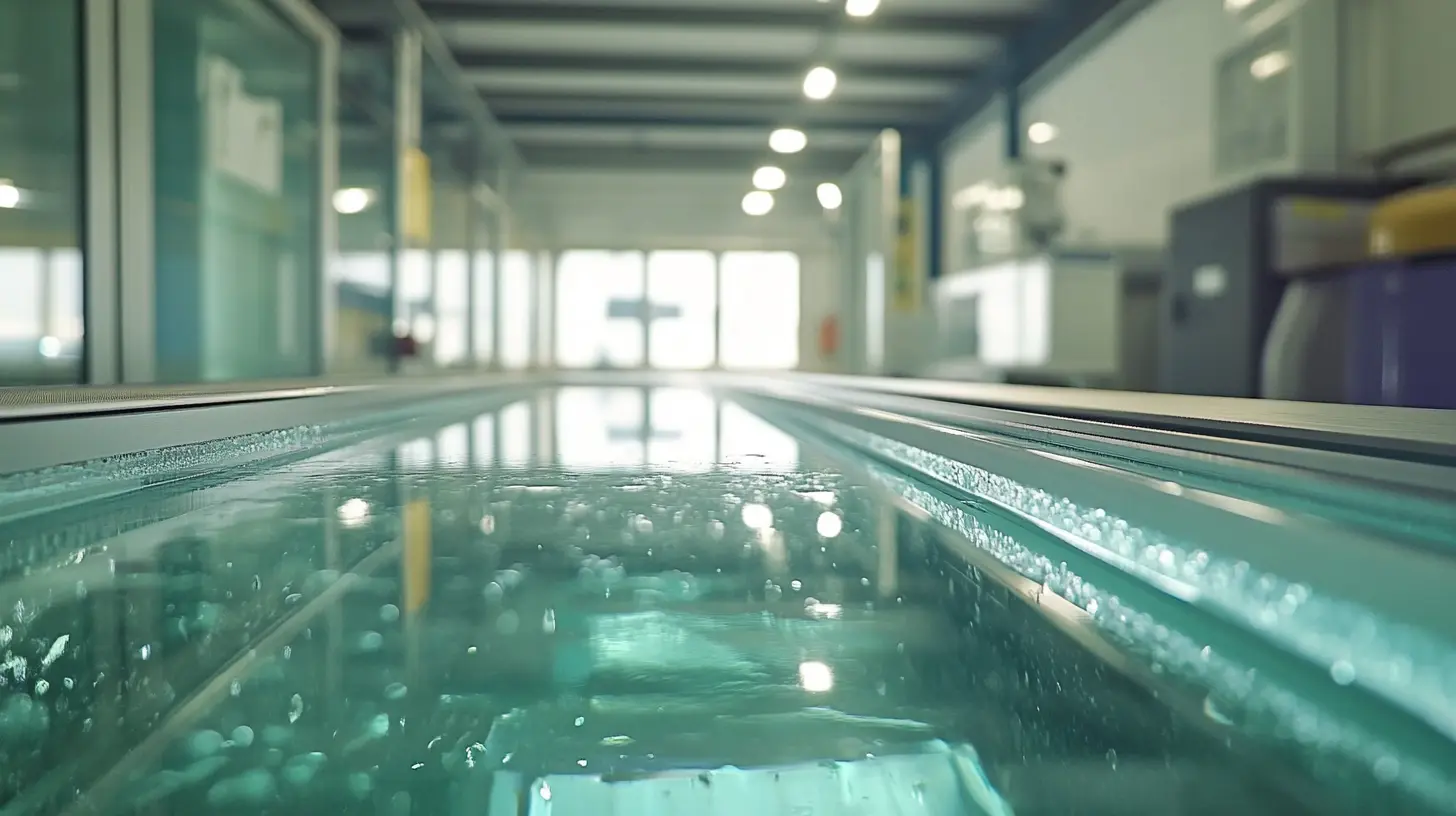
Comparative Analysis: Manual vs. Automatic Cutting Techniques
For example, the selection of manual or automatic techniques for cutting materials forms a backbone in determining the parameters with which the entire process becomes efficient and accurate. Even if manual cutting is an ancient method, most of the cutting tasks are dependent on the skill of the person operating the cutting machine. Unfortunately, due to the nature of the work, the thin cut profile mostly leads to a floating quality because of the inconsistency in performance by every operator involved in the cutting operation, especially when the shapes are complex and cut in bulk. The operator must have a sharp eye and a steady hand, which are not always the realities for many people; therefore, this is not certain and may sometimes lead to variations that can go against the timelines set for producing and the integrity of products.
However, the next generation auto glass cutting machines add new precision and faithfulness. More modern machines incorporate relatively more advanced technology, such as computer numerical controls (CNCs), which confer uniformity with the cutting at any degree of complexity in design. Automatic machines process large glass sheets in no time and expect tiny waste and prodigiously increase overall productivity. The accuracy of automatic glass-cutting machines means that substantially fewer mistakes are possible due to human error; therefore, the end result is within the high-quality finished product standards prescribed by the industry.
The future would certainly bring forth however better forms of automated systems, keeping in view the efficiency and safety of humans, whereby there would be diminished exposure of humans interacting with unsafe work or tools. They would become more advanced with all facilities built in, such as the real-time monitoring and error detection as they progress in technology advancements, making glass cutting procedure faster and safer. Automatic cutting, therefore, stands ahead and puts forward a whole lot of difference when comparing manual with automatic technique; the same becomes a new genesis in modern glass processing with regard to standards of efficiency and quality.
Enhancing Efficiency and Output with Modern Cutting Machines
The revolution in the glass processing industry today is the automatic glass cutting machines, which are state of the art machinery that greatly increases efficiency and output. Modern state-of-the-art machines are designed with precision engineering that results in hyper-accurate cuts, thus very little waste is created and profitability maximized. Sophisticated technologies such as CNC automation, along with intelligent software, help manufacturers optimize their production workflow to achieve faster turnaround times and better customer satisfaction.
From this, one can now realize that modern glass cutting machines can handle many kinds of glass, whether in terms of thickness or shape. Having these types makes it easier for companies to undertake very sophisticated designs from glass architecture to simple glass sheets. Also, modern cutting machines come with many safety precautions to minimize accidents; this makes the working environment conducive. Not only does automate cutting improve production levels, but it also frees up skilled labor for more specialized work, improving overall productivity.
There's no longer an option to have progressive cutting technologies; almost all manufacturing companies are becoming dependent on having this kind of equipment in order to cut their glass products. Moreover, these akind of machines cost nothing in terms of time but are very efficient at producing a good quality cut, thus giving manufacturers an edge over their competitors in the market. With it, the industry will pop open to a newly un-imagined form of productivity and flexibility in terms of satisfying increasingly changing requirements of customers in glass processing industries.
Safety Innovations in Glass Cutting Technology
Safety innovations need to be incorporated at every level during glass processing, as they come about most with the new trend of completely automated glass cutting machines. According to a recent report published by the International Glass Association, injuries in glass manufacturing often occur due to improper handling of glass and cutting techniques. That's why it is necessary to equip modern machines with state-of-the-art safety features, which protect not only the worker but also add an efficiency factor in operation.
With sensor-based technology to detect the presence of a worker in the cutting area, modern automatic glass cutting machines come equipped with several safety innovations. Machine manufacturers within this practice are currently integrating light curtains as well as emergency stop buttons for operating the machines when the need arises. According to an analysis of the Glass Manufacturing Industry Report, company initiatives adopting these new safety measures report a reduced 25% of accidents consequent to such measures.
Further, allowing machines to utilize artificial intelligence, cutting machines are keeping a real-time check on the cutting mechanism for cutting the glass more accurately and safely. Such safety measures would help reduce wastage-from minimal scale-the biggest issue in glass processing while improving operation productivity. AI analysis enables manufacturers to predict maintenance requirements before an accident even occurs. This will set the course of automation in the future, thereby making safety a critical investment in glass cutting technology for the industry and workers alike.
Customization Options in Automatic Glass Cutting Solutions
The innovative automatic glass cutting machines are the revolution in glass processing which brings unlimited customizing options for any type of production needs. It includes different types of specifications that a manufacturer may need for a different type of thickness, measurements, and glass type, thus helping in the suitability of every project. Such customization also enhances production efficiency and supports intricate designs that would be difficult in manual cutting.
Modern automatic glass-cutting solutions are better equipped with simplifying user interfaces by which an operator easily can give other specifications and dimensions. Most machines have programmable settings where common parameters are stored and can be used within the operation to cut task time during repeated work. All these make it necessary for the organization to be fitted into relevant sections of the market where quality output is very fast. It simplifies pattern cutting and changes in sequences of cutting, which reduces waste and optimizes yield-very important factors for cost or environment sustainability.
Today, in addition, advanced automatic glass cutting machines have the ability to combine with complex profiles, or even detailed engravings, providing great room for creativity in the designer's imagination to challenge the most talented glass artist. Whether for architectural applications, custom furniture, or decorative pieces, the machine provides endless customization possibilities, which are necessary to meet the various demands of clients today. With state-of-the-art technology, manufacturers are able to make such products indeed extraordinary; sometimes unique, but most often to exceed client expectations, thereby positioning themselves in front of the industry.
The Future of Glass Processing: Trends in Automation and Precision
Automation and precision are the ultimate drivers bringing a paradigm shift in glass processing. Higher efficiencies and reduced labor costs thanks to automation have allowed manufacturers to meet rising demands and decrease human error. According to MarketsandMarkets, the global glass processing industry will reach USD 175 billion by 2026, growing at a CAGR of 4.5%. With the advent of automated glass cutting machines delivering extra precision and speed, the industry has entered a new phase with heavy investments, mainly in the Western world, to displace outdated technologies.
Modern machines utilize cutting-edge specifications and intelligent software to optimize the cutting path and minimize any wastage of material. Technavio shows that with the adoption of advanced glass processing machinery, it has been possible to achieve reductions of waste generation by even 30%; hence, it is a key issue on the sustainability agenda for any industry. They also prove productive in complex designs that, till now, were impossible to achieve. This opens countless creative avenues for architecture and design.
The COVID-19 pandemic has acted as a catalyst in increasing the adoption of automation in glass processing. Manufacturers are now striving for Industry 4.0 standards using IoT and smart factory environments. In a Research and Markets report, almost 60% of glass manufacturers stated they plan to invest in automation technologies by 2025. This trend indicates not only a shift toward smarter processes but also lays emphasis on precision as a key factor for meeting the ever-evolving consumer demand for custom, quality glass products.
FAQS
Advanced automatic glass cutting machines offer precision, efficiency, and user-friendly features, enabling intricate cutting patterns with remarkable accuracy, minimizing waste, and ensuring maximum yield from glass sheets.
These machines integrate automation technologies such as robotic arms and conveyor systems, which streamline production, increase output, and reduce labor costs while minimizing the risk of human error.
Modern machines come equipped with advanced safety features, including presence detection sensors and emergency stop functions, ensuring a safe working environment, along with intuitive user interfaces for ease of operation.
Key specifications include cutting speed, accuracy (ideally ±0.1 mm), and edge quality, which impact the machine's ability to handle various glass types and thicknesses effectively.
Diamond blade technology delivers finer cuts and reduces chipping risk, which can improve edge durability by up to 25% compared to traditional cutting methods.
Industry 4.0 elements, like smart sensors and data analytics, enable predictive maintenance, which reduces downtime and ensures consistent output while also decreasing operational costs by approximately 20%.
They are designed to handle various glass types and thicknesses easily, making them suitable for a diverse range of projects, from intricate designs to standard sheets.
By automating the cutting process, these machines improve output and free up skilled labor for more complex tasks, thus enhancing overall operational efficiency.
Investing in advanced technology is crucial due to the rising demand for high-quality glass products, as these machines provide faster cuts with consistent quality, offering a competitive edge in the market.
By minimizing waste and optimizing workflows, advanced cutting machines enhance efficiency and maximize profitability for manufacturers in the glass processing industry.

Home
About Us
Products
UPVC PVC Window Machine
Aluminum Window Machine
Glass Cutting Machine
Glass Edging Machine
Insulating Glass Machine
Glass lifting machine
Glass Washing Machine
Glass Laminating Machine
Glass Sandblasting Machine
Glass Drilling Machine
CNC Glass Working Center
CNC Non-Metal Cutting Machine
The Other Glass Machinery
Application
Download
News
Contact Us




